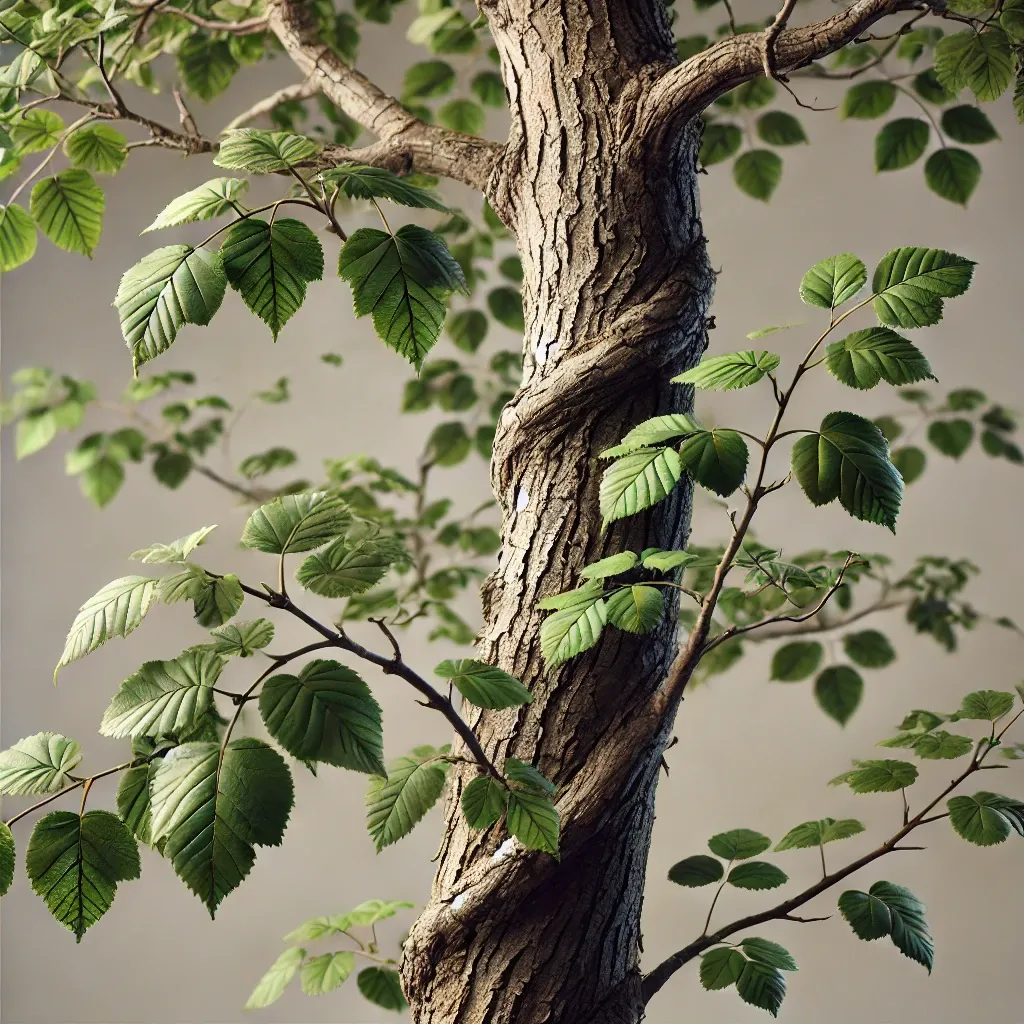Gastroesophageal reflux disease (GERD) affects millions worldwide, causing discomfort and impacting quality of life. While conventional treatments like antacids and proton pump inhibitors are common, some individuals seek natural alternatives. One such remedy is slippery elm—a tree native to North America, known for its therapeutic properties in soothing digestive ailments.
Understanding GERD and Its Impact
Gastroesophageal reflux disease is a common issue where acid reflux causes heartburn and other symptoms. GERD symptoms often include burning in the chest, sour regurgitation, and swallowing difficulty. Untreated GERD can lead to reflux esophagitis and Barrett’s esophagus. While GERD treatment often includes medication, many seek home remedies for heartburn and GERD acid reflux. Foods that help acid reflux, along with a GERD diet, can offer natural relief.
Introducing Slippery Elm
Origin and Traditional Use
Slippery elm (Ulmus rubra), also known as red elm, is a tree native to eastern North America. Indigenous peoples have long used its inner bark for medicinal purposes, particularly for:
- Healing wounds and burns
- Soothing sore throats
- Treating digestive issues
The inner bark contains mucilage—a gel-like substance—that expands upon contact with water, creating a soothing coating.

How Slippery Elm Aids GERD
1. Mucilage Formation
The primary benefit of slippery elm for GERD lies in its high mucilage content.
- Protective Barrier: When ingested, slippery elm’s mucilage coats the esophagus and stomach lining, forming a protective layer against irritants like stomach acid.
- Soothing Inflammation: This coating can reduce irritation and inflammation of the mucous membranes, alleviating symptoms like heartburn.
2. Stimulates Mucus Secretion
Slippery elm may stimulate the body to produce more mucus, enhancing the protective lining of the gastrointestinal tract.
- Enhanced Defense: Increased mucus production fortifies the esophageal lining against acid exposure.
3. Antioxidant Properties
The bark contains antioxidants that may help reduce inflammation.
- Combatting Oxidative Stress: Antioxidants neutralize free radicals, potentially reducing inflammation associated with GERD.
Research Supporting Slippery Elm’s Efficacy
While anecdotal evidence supports slippery elm’s use for GERD, scientific studies are limited. However, some research highlights its potential benefits:
- Study on Throat Lozenges: A study published in the Journal of Investigational Biochemistry found that slippery elm, as part of a herbal lozenge, provided throat-soothing effects due to its mucilage content.
- Irritable Bowel Syndrome (IBS) Relief: Research in the Journal of Alternative and Complementary Medicine showed that slippery elm improved bowel movements and gastrointestinal symptoms in IBS patients, indicating its soothing effect on the digestive tract.
Note: Direct studies on slippery elm’s effectiveness specifically for GERD are scarce, and more clinical trials are needed.
How to Use Slippery Elm for GERD
Forms of Slippery Elm
- Powdered Bark: Can be mixed with water to create a soothing drink.
- Capsules/Tablets: Convenient for standardized dosing.
- Lozenges: Provide direct soothing effects for the throat and esophagus.
- Tea: Prepared by steeping the powdered bark in hot water.
Preparation Tips
- Slippery Elm Drink: Mix 1-2 tablespoons of powdered bark with a cup of hot water. Stir well and drink after meals.
- Tea: Steep 1 tablespoon of powdered bark in boiling water for 5-10 minutes.
Dosage Recommendations
- General Guidance: 400-500 mg in capsule form up to three times daily.
- Consultation: Always follow the manufacturer’s instructions or consult a healthcare provider for personalized dosing.
References:


